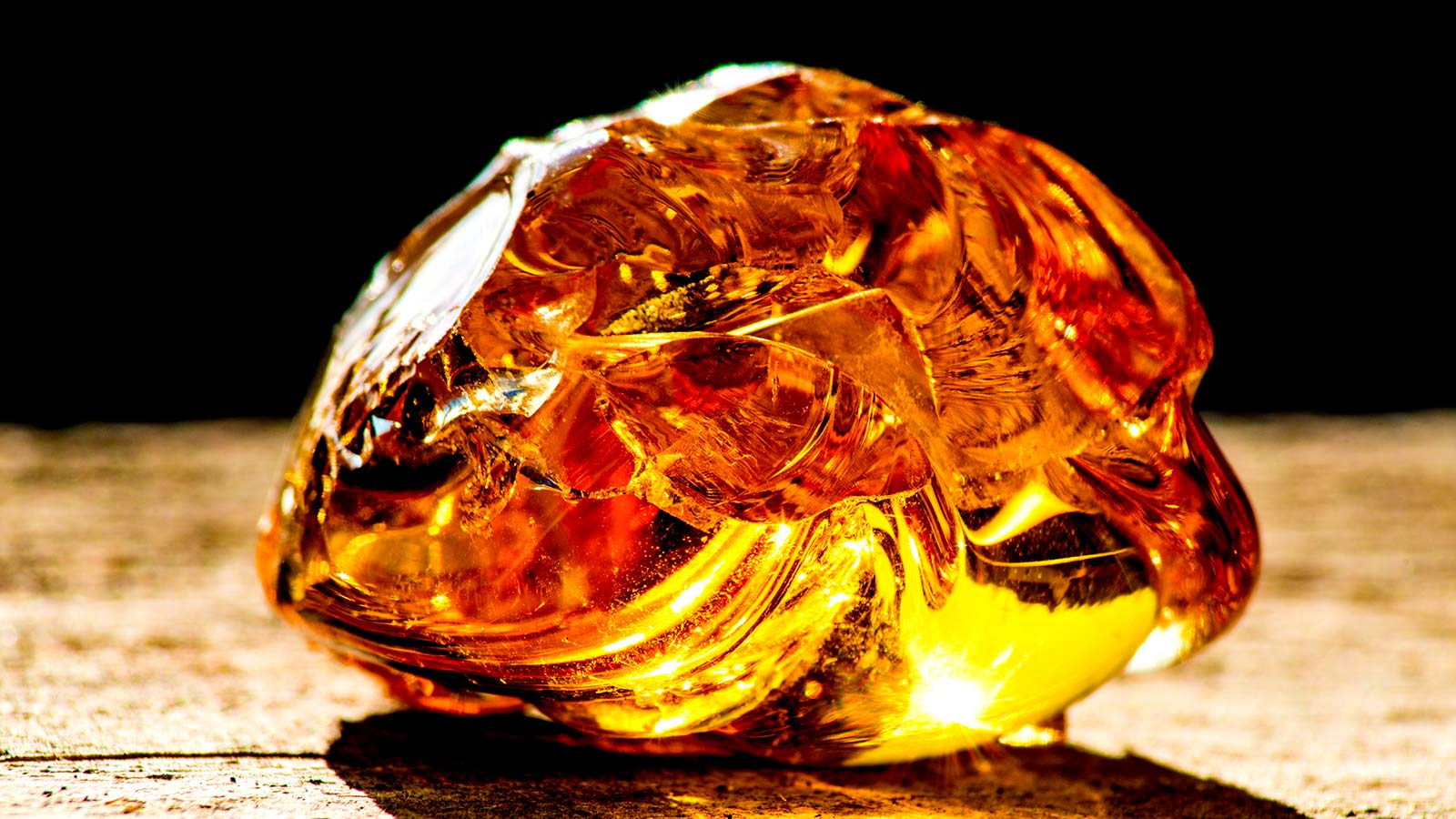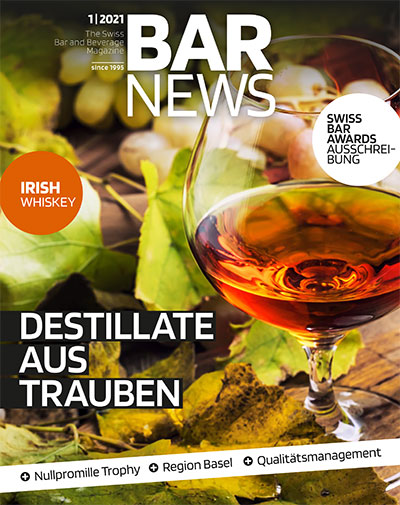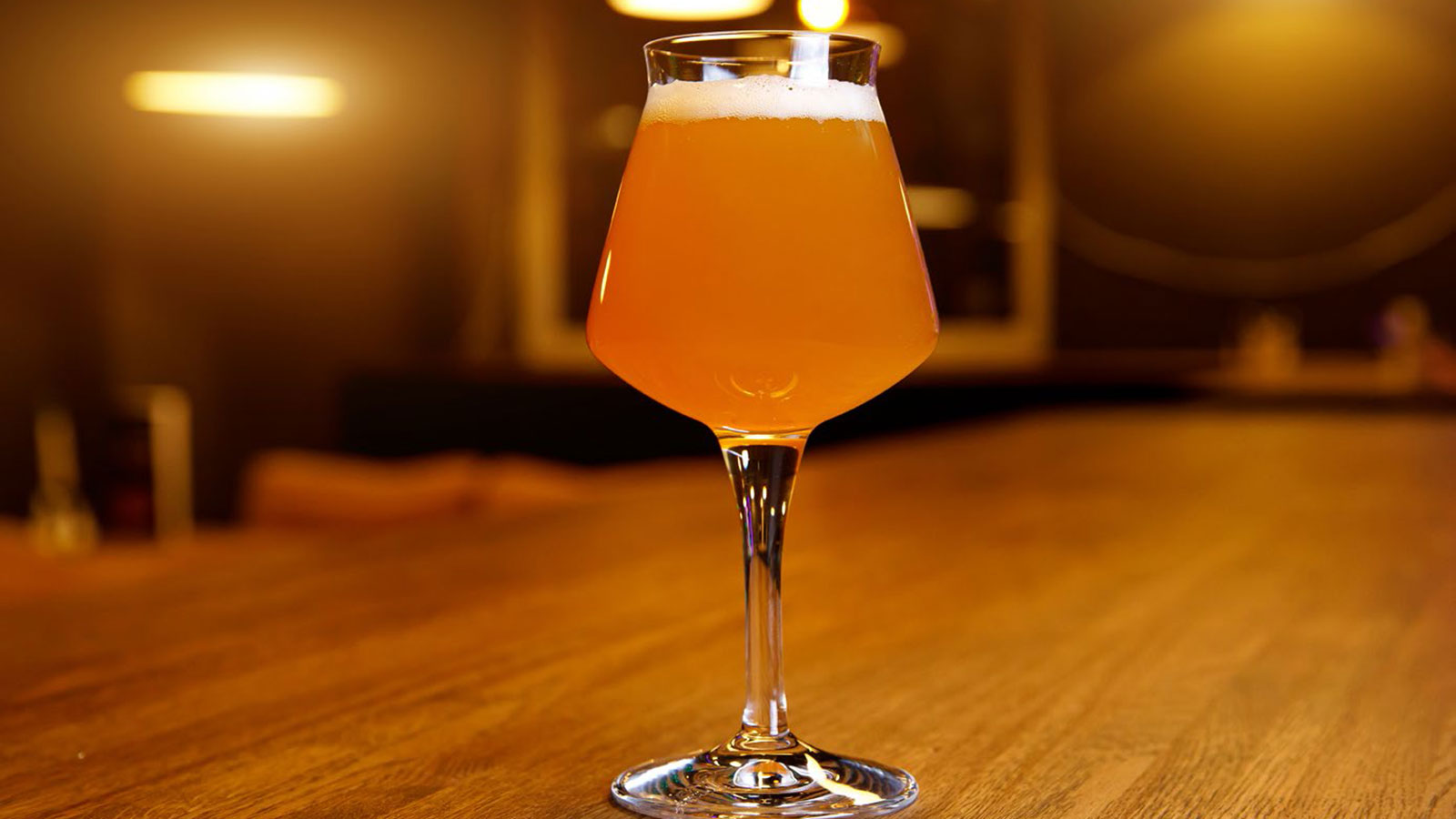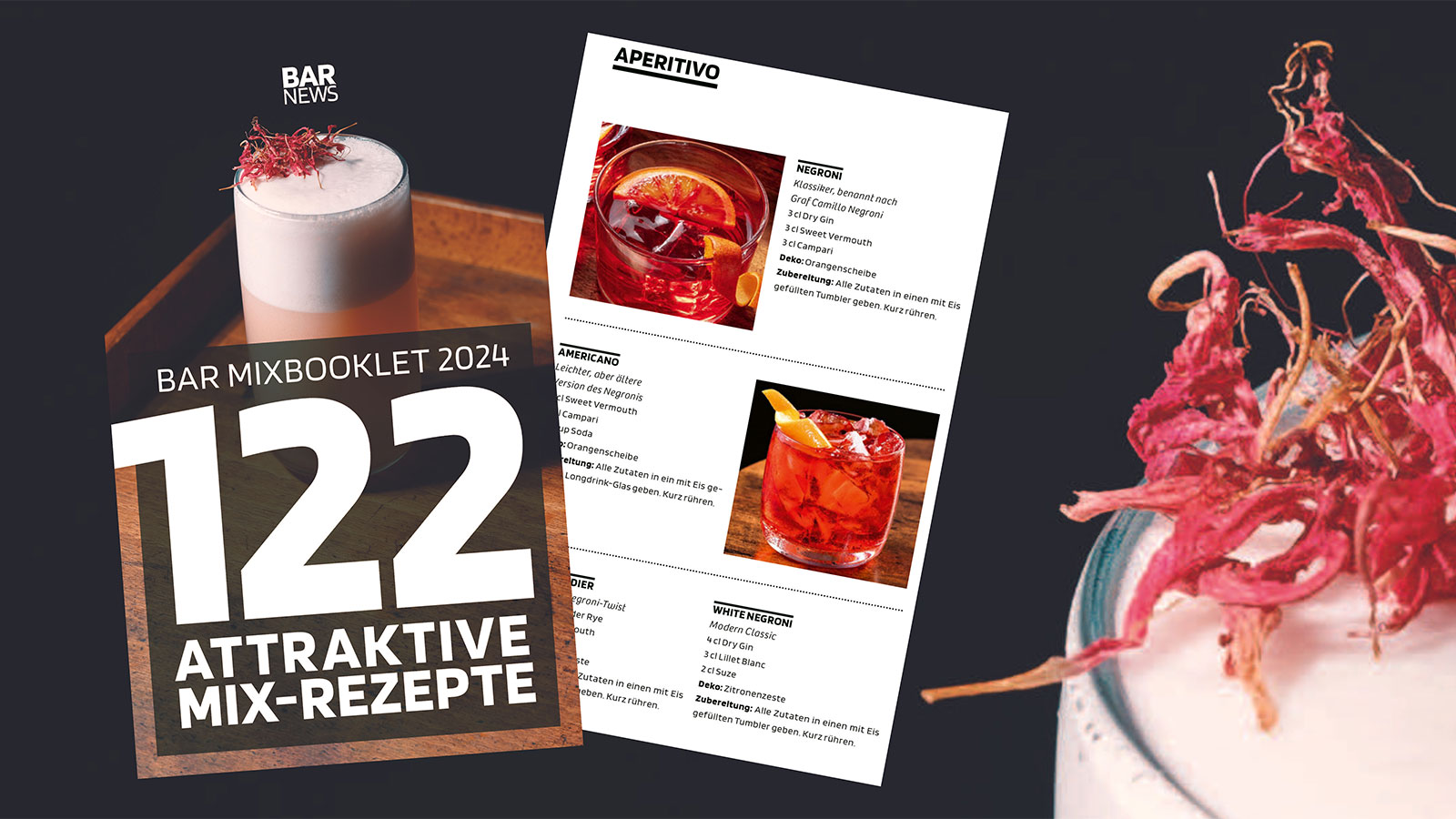Beer styles can help you find your way around the ever-expanding universe of beers. But while there are usually clearly defined categories for spirits, the legal terms for beer are less useful in everyday bar life. Lager, special, strong, light, low-carbohydrate or lactic fermented beer. These and perhaps non-alcoholic or flavoured beers are recognised by the law.
But where does this leave the IPA, the wheat or even the amber beer? Each brewery will therefore usually have its own interpretation of a beer style. And yet, when it comes to amber beer, the amber colour is not just the greatest common denominator. In German-speaking countries, a traditional amber (the original amber is said to go back to the Viennese lager style in the 19th century) is usually a bottom-fermented, clear beer with a somewhat more intense malt note compared to the pale lager.
With the craft beer movement, it is not uncommon in 2021 to encounter top-fermented ales or even sour beers that have the word "amber" in their name.
Where the colour in beer comes from
A beer gets its colour (except during St. Patrick's Day) from malt. Malt is produced when grain is allowed to germinate by adding water. This converts the starch contained in the grain into malt sugar. But in order for the grain not to grow into a plant and for the malt to be preserved, it has to be dried or kilned.
Depending on how hot it is and how long this process takes, the Maillard reaction produces a darker colour and a characteristic roasted note. But not only roasted or caramel malt is used for the amber colour.
Roasting destroys enzymes in the malt that can inhibit the fermentation process. In addition, a single-digit percentage of caramel or roasted malt is usually sufficient for the aroma and colour of an amber beer.
Light beer was the exception
By the way, brewing a pale beer used to be an art in itself. Before industrialisation, it was not uncommon for one or two grains to get stuck somewhere during the kilning of the malt, and the even heating and distribution of heat was much more demanding, so a very pale beer was the exception rather than the standard as it is today.
Another challenge was that during kilning the malt did not take on the aroma of the fuel or smoke. While a smoked beer undoubtedly has its appeal (and peated malt is essential for the production of Scotch whisky), if this is not desired, it is important to protect the malt from extraneous flavours.





